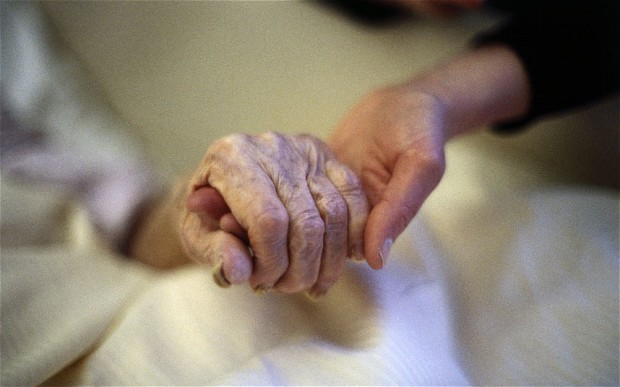Euthanasia and assisted suicide advocates throughout the world advocate for laws along the lines of those in place in the state of Oregon, claiming that they are well designed to only apply to dying patients with no hope of recovery. It was the model for the recently passed law in Victoria, and was much discussed in Britain.
It is also being promoted in Sweden, where assisted suicide is currently being discussed. According to Fabian Stahle, a Swede who opposes euthanasia, activists “explain to us Swedes that the Oregon practices are protected by strict safeguards which only allow people with an incurable and irreversible illness that will, within reasonable medical judgement, result in death within six months.”
In his report, Oregon Health Authority Reveals Hidden Problems with the Oregon Assisted Suicide Model Mr Stahle challenges the assumption that the Oregon system is “robust, well-proven and well-researched system that does not show any vulnerability to the development of a slippery slope.”
What does “incurable” mean here?
In a series of questions to the Oregon Health Authority, Mr Stahle drilled into how an “incurable and irreversible disease” which will “result in death within six months” is actually defined. He asked, “Is this rule interpreted as “without administration of life-sustaining treatment”?
Craig New, Research Analyst, Oregon Health Authority, Center for Public Health Practice, Public Health Division, answered in the affirmative, saying “…your interpretation is correct. The question is: should the disease be allowed to take its course, absent further treatment, is the patient likely to die within six months?”
Thus, Oregon defines a disease as being incurable even if it can be treated, meaning a far larger group of patients qualifies for medically assisted death than just the extreme cases for which the law was originally said to apply.
Diabetes
Digging deeper, Mr Stahle found that the Dignity With Dying Act (DWDA) applies to people with any chronic illness who is likely to die within six months if they receive no treatment.
Click here to sign up for pro-life news alerts from LifeNews.com
Q) If a patient with a chronic disease (for instance, diabetes) by some reason decides to opt out from the life-sustaining medication/treatment and by doing so is likely to die within 6 months, thereby transforming the chronic disease to a terminal disease—does he/she then become eligible to take use of the act?
A) Interesting questions. While this is not addressed specifically in the law, the answer in both cases is yes—those patients would qualify. The law is best seen as a permissive law, and states only that patients must have a terminal illness with six months or less to live. It does not compel patients to have exhausted all treatment options first, or to continue current treatment. It is up to the patient and doctor to discuss disease and treatment options. But if the patient decides they don’t want treatment, that is their choice.
Life in the hands of insurers
Shockingly, Mr Stahle also found that the act would apply not only for patients who choose not to receive treatment, but who can’t afford it. In answer to a question about happens if the patient’s healthcare provider/insurer is not willing to pay for treatment or medication which would extend their life beyond six months, Mr New replied: “Patients suffering from any disease (not just those that typically qualify one for the DWDA) may not be able to afford some treatments or medication, and may choose not to pursue some treatments or take some medication for personal reasons. This is the patient’s decision and the law does not compel them to do otherwise. If the patient does not receive treatment or medication (for whatever reason) and is left with a terminal illness, then s/he would qualify for the DWDA. I think you could also argue that even if the treatment/medication could actually cure the disease, and the patient cannot pay for the treatment, then the disease remains incurable.”
In Nevada, cases have already emerged of insurers refusing to fund life-saving treatment, but offering to pay for euthanasia.
The Oregon deception
As Mr Stahle concludes: “Proponents want to sell the Oregon model along with the assurance that medically-assisted suicide only applies to dying patients where all hope is lost. But it is completely misleading. Surely vulnerable people in Sweden and all over the world deserve better than laws with such inherent dangers hiding beneath the surface?”
LifeNews Note: Courtesy of SPUC. The Society for the Protection of Unborn Children is a leading pro-life organziation in the United Kingdom.








